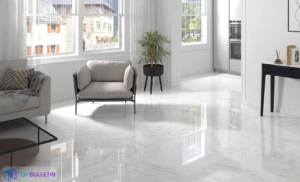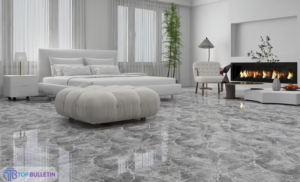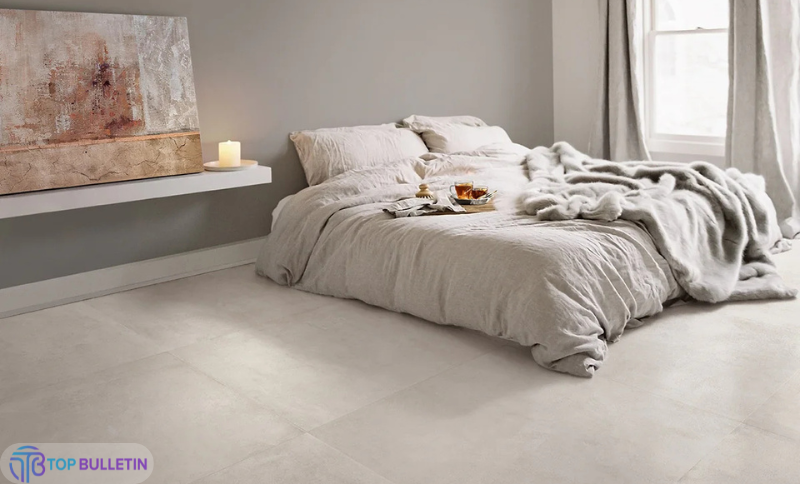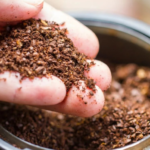Porcelain tile is one of the most popular choices for homeowners and designers when it comes to stylish, durable surfaces. Whether you’re considering it for indoor use or thinking about outdoor porcelain_tile, this material offers a winning combination of beauty, resilience, and low maintenance. In fact, porcelain_tile is often seen as a premium upgrade from ceramic, with benefits that make it suitable for flooring, walls, and even countertops.
From wood plank porcelain tile that mimics the charm of rustic timber to marble look porcelain_ tile that adds elegance to any space, the versatility is hard to beat. In this in-depth article, we’ll explore why porcelain_tile flooring is such a smart choice, how to maintain it, and how it compares to other materials.
What is Porcelain Tile?
 Porcelain_tile is a type of ceramic tile made from refined clay and fired at higher temperatures than traditional ceramic. This process results in a denser, more durable tile that’s less porous and more resistant to moisture.
Porcelain_tile is a type of ceramic tile made from refined clay and fired at higher temperatures than traditional ceramic. This process results in a denser, more durable tile that’s less porous and more resistant to moisture.
Key Characteristics:
-
High durability and strength
-
Stain and water-resistant
-
Available in various styles and finishes
-
Suitable for indoor and outdoor use
Porcelain Tile vs. Ceramic Tile: What’s the Difference?
If you’re stuck choosing between ceramic vs porcelain_tile, here’s what sets them apart:
| Feature | Porcelain Tile | Ceramic Tile |
|---|---|---|
| Durability | Highly durable, less porous | Less dense, more prone to chipping |
| Water Resistance | Excellent | Moderate |
| Design Options | Extensive (wood, marble looks, etc.) | Limited |
| Cost | Generally more expensive | Budget-friendly |
| Maintenance | Easy to clean | Also easy, but less stain-resistant |
Pro tip: Go for porcelain_tile flooring in high-traffic or moisture-prone areas like bathrooms, kitchens, or patios.
Popular Types of Porcelain Tile
1. Wood Look Porcelain Tile
Want the charm of wood without the hassle? Wood look porcelain tile gives you the natural appearance of hardwood while offering better durability and water resistance.
2. White Porcelain Tile
White porcelain_ tile brings a sleek, modern feel to any space. It reflects light beautifully, making small rooms feel more spacious.
3. Marble Look Porcelain Tile
Get the elegance of marble without the maintenance. Marble look porcelain_tile replicates the veining and texture of natural stone—ideal for upscale interiors.
4. Outdoor Porcelain Tile
Designed to withstand the elements, outdoor porcelain_tile is slip-resistant and built to last. Perfect for patios, pool decks, or garden paths.
Where Can You Use Porcelain Tile?
Thanks to its durability and aesthetic flexibility, porcelain_tile works almost anywhere:
-
Bathrooms: Water-resistant and easy to clean
-
Kitchens: Withstands spills and heavy foot traffic
-
Living Rooms: Adds elegance with styles like marble look or wood plank
-
Outdoors: UV and frost-resistant variants are available
-
Commercial Spaces: Holds up well under constant use
How to Clean Porcelain Tile
Keeping your porcelain_tile looking new is easy:
Daily Cleaning
-
Sweep or vacuum to remove dust and debris.
-
Use a mild detergent and warm water with a mop.
Deep Cleaning
-
Use a soft-bristle brush for textured tiles.
-
Avoid abrasive cleaners—they can dull the finish.
Bonus Tip: A 50/50 solution of vinegar and warm water works wonders on grime but test a small area first!
How to Cut Porcelain Tile
Because of its density, cutting porcelain tile requires special tools:
Tools You’ll Need
-
Wet saw with a diamond blade (best for precision)
-
Manual tile cutter for straight, simple cuts
-
Tile nippers for curves or corners
Pro Tip: Always wear safety goggles and gloves. Cutting porcelain releases fine dust that can irritate your lungs and eyes.
Installing Porcelain Tile: Step-by-Step
-
Prepare the Surface: Clean, level, and dry.
-
Measure & Plan: Lay tiles without adhesive to check fit.
-
Apply Adhesive: Use a notched trowel for even distribution.
-
Place Tiles: Press firmly and use spacers.
-
Cut Where Needed: Use your wet saw for clean edges.
-
Grout & Seal: Fill in gaps and seal as needed.
If you’re unsure, hire a professional installer to avoid costly mistakes.
Benefits of Porcelain Tile Flooring

- Longevity: Can last decades with minimal upkeep
-
Aesthetics: Mimics other materials like wood or marble
-
Low Maintenance: Easy to clean and stain-resistant
-
Eco-Friendly: Many options are made from recycled materials
-
Hypoallergenic: Doesn’t harbor dust or allergens
Things to Consider Before Buying
Before investing in porcelain_tile flooring, consider the following:
-
Budget: Porcelain costs more than ceramic, but offers better value long-term.
-
Surface Texture: Matte, polished, or textured for slip resistance.
-
Color Consistency: Look for a consistent shade, especially for white porcelain_tile.
-
PEI Rating: Higher ratings (3-5) are suitable for heavy foot traffic.
Is Porcelain Tile Right for You?
If you want a tile that’s both beautiful and built to last, porcelain_tile is a smart investment. Its water resistance, wide style range, and easy upkeep make it perfect for modern homes and commercial spaces alike.
Whether you’re going for the rustic appeal of wood plank porcelain_tile or the elegance of marble look porcelain_tile, you’re investing in more than just a pretty surface—you’re choosing durability and style.
Conclusion
Porcelain_tile stands out as a smart, stylish, and long-lasting solution for both residential and commercial spaces. Whether you’re drawn to the sleek beauty of white porcelain_tile, the rustic charm of wood look porcelain_tile, or the elegance of marble look porcelain_tile, there’s a style to suit every taste.
Its unmatched durability, low maintenance needs, and moisture resistance make it ideal for high-traffic areas, wet zones, and even outdoor settings. Plus, with so many design options available, porcelain_tile flooring allows you to achieve the exact look you want without compromising on function.
By understanding the differences in materials, learning how to clean porcelain_tile, and knowing how to cut porcelain_tile properly, you’re well-equipped to make an informed and confident decision for your next renovation or building project.
So, whether you’re remodeling your kitchen, revamping your patio, or building a brand-new space—porcelain_tile is a timeless, dependable, and beautiful choice.
(FAQs)
1. Is porcelain_tile better than ceramic tile?
Yes. Porcelain is denser, more durable, and more water-resistant than ceramic, making it ideal for high-traffic and moisture-prone areas.
2. Can I use porcelain_tile outdoors?
Absolutely. Outdoor porcelain_tile is specifically designed to resist weather, UV rays, and temperature changes.
3. How do I clean porcelain_tile?
Sweep regularly and mop with a mild detergent. For deeper cleaning, a vinegar-water mix works well.
4. What tools do I need to cut porcelain_tile?
Use a wet saw with a diamond blade for clean, precise cuts. Tile nippers or a manual cutter can be used for simpler jobs.
5. Is porcelain_tile slippery when wet?
Polished porcelain can be slippery. Choose textured or matte finishes for wet areas to improve grip.
6. Does porcelain_tile need sealing?
Glazed porcelain usually doesn’t require sealing, but unglazed or textured tiles may benefit from it for extra protection.






